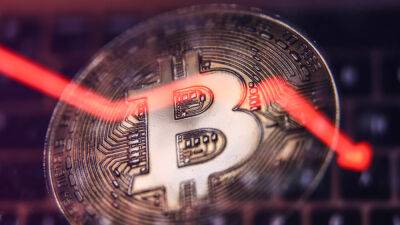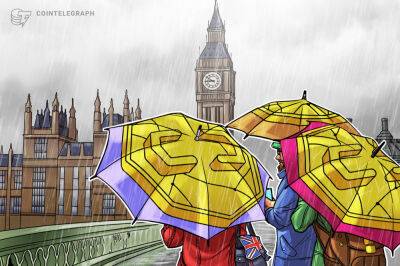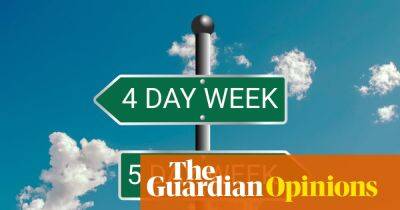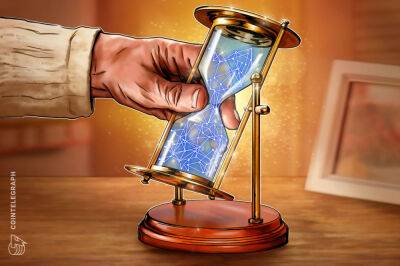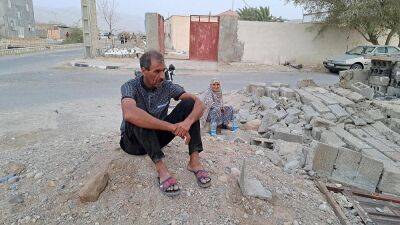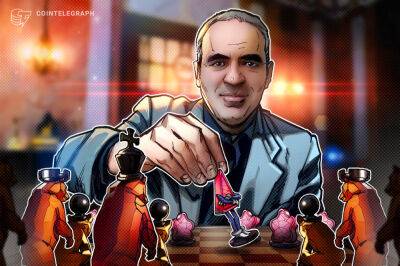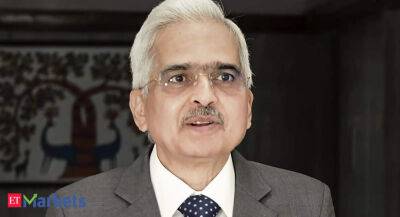The iPhone at 15: pro photographers on how it changed their world
It is hard to recall today how different mobile access was before the evening of 29 June 2007 when Apple in the US released the first iPhone. Social media and the ability for everyone to respond globally to everything were in their infancy. And while older phones certainly had cameras, the quality – and the potential for instant editing and filtering and sharing that exists today – wasn’t yet there.
A traffic officer directs pedestrians during a fair in Brooklyn, New York
The only time I don’t have my phone on me is when I am asleep, swimming or reading a book. It has become completely integrated in my life.
Once, someone asked me how I separate life and my work (photography); when I thought hard about it, I realised that there was no separation because I photographed life.
I am a sentimental person. I love keeping memories. I photograph occasions in life that I want to remember; at work, I photograph life that happens for people. Sometimes it looks joyous and sometimes there is pain.
The camera is just a tool that allows me to make snapshots of these moments. I have always done this with whatever camera that I have on me, and lately, while not at work, it has been my iPhone.
A girl plays with a balloon at a city fountain in Bucharest, Romania
This is a good example of an image that I couldn’t have taken on my camera. Most vendors and, frankly, most people in Romania get nervous if they realise a photojournalist is taking their picture, even in the most mundane situations. It often leads to unpleasant interactions.
The smartphone, though, seems to be a magical stress-relief device. Even if people realise that you are a journalist, they no longer, in most situations, see you as a menace. They relate to you. In adverse situations,
Read more on theguardian.com


